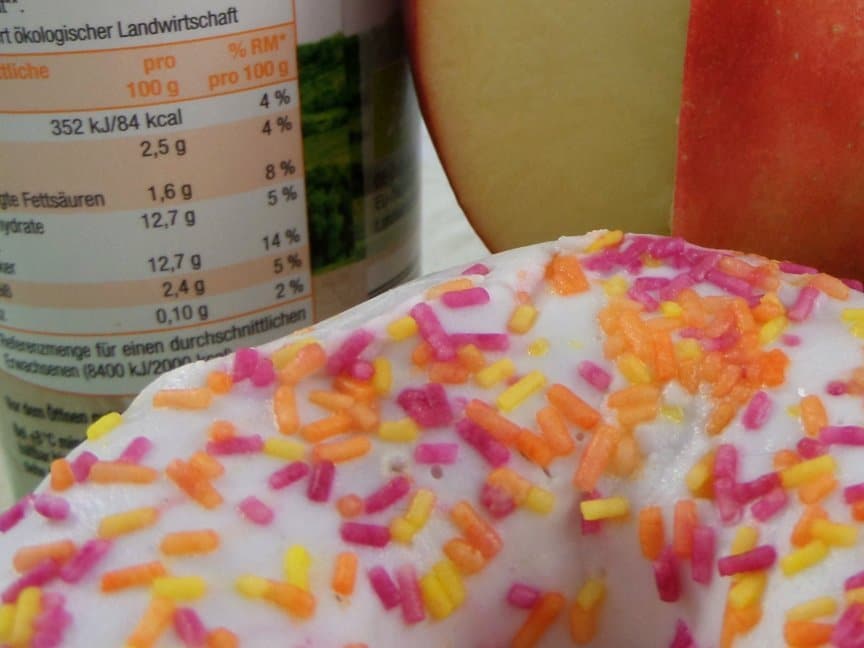The number of food intolerances is constantly increasing. Since 2014, 14 product groups must be labelled on prepackages, menu cards and loose goods. The labelling of allergens is not only legally prescribed, but is also absolutely necessary for allergy sufferers.
Which allergens must be labelled?
Allergen labelling is particularly important for allergy sufferers. 14 product groups are clearly classified as allergens and must, if they are contained in the food, be identified by, for example, “contains peanuts” and a highlighting of this ingredient in the list of ingredients (bold). The manufacturer of a product often goes to the safe side and warns, for example, “may contain traces of peanuts”, although peanuts were not used as an ingredient. It thus takes account of possible cross-contamination, for example through food previously produced on the same line.
The 14 most important allergenic product groups are to be displayed:
- gluten-containing cereals ( wheat (such as spelt and khorasan wheat), rye, barley, oats or hybrid strains thereof)
- Crab animals
- eggs
- Fish
- peanuts
- Soy
- Milk (including lactose)
- nuts (Almonds, hazelnuts, walnuts, cashews, pecans, Brazil nuts, pistachios, macadamia or queensland nuts
- Celery
- mustard
- sesame seeds
- Sulfur dioxide and sulphites (from 10mg/kg or L)
- Lupins
- Molluscs (snails, oysters, etc.)
Ingredients from these product groups should be highlighted in the list of ingredients.
The labelling obligation also applies to all allergenically active processed products of the allergens and to the auxiliary materials used in production.
These substances include, for example:
- glucose syrup based on wheat or barley and also dextrose or maltodextrin based on wheat,
cereals for the production of alcoholic distillates, including ethyl alcohol of agricultural origin
- completely refined soybean fat and oil,
- Fish gelatin or house bubble used as a clarifying aid in beer and wine;
whey for the production of alcoholic distillates, including ethyl alcohol of agricultural origin;
.
Here you can download the information graphic for the allergen labelling.
How does the marking work with loose goods and menu cards in restaurants?
New is that even with unpacked goods (e.g. at the service counter or in the restaurant) information about allergens is obligatory. If there is no list of ingredients, the substances or products must be indicated with the additional words “contains”, for example “contains peanuts”. Where the name of the food clearly refers to those substances or products, no claim is required. (e.g. chicken in peanut sauce must be marked not with “contains peanuts”.)
This information can be given in writing, electronically or verbally at the service counter. At the point of sale, there must be a clear indication in a clearly visible place of how customers receive the allergen information. In the case of oral information, written documentation must be readily available on request. This can take the form of a notebook, information leaflet, prescription information or similar. There must be a clear indication of this at the point of sale.
When a product is considered “allergen-free”?
A food is considered “allergen-free” if no allergens can be detected analytically. Gluten is the only exception. A limit value of 20 ppm (20 mg/kg) according to Regulation (EU) 828/2014 applies here.
Further information about labelling can be found here.
The service of my-lab
We are happy to help you create menu cards or allergen information at the order counter.
For questions and individual offers we are at your disposal:
We also offer a comprehensive range of allergenic analyses.
For questions and individual offers, please contact us personally:
Contact: mail@my-lab.com Phone: 030 233215800
Photo credits:
- Source: my-lab International | Modified by my-lab International





